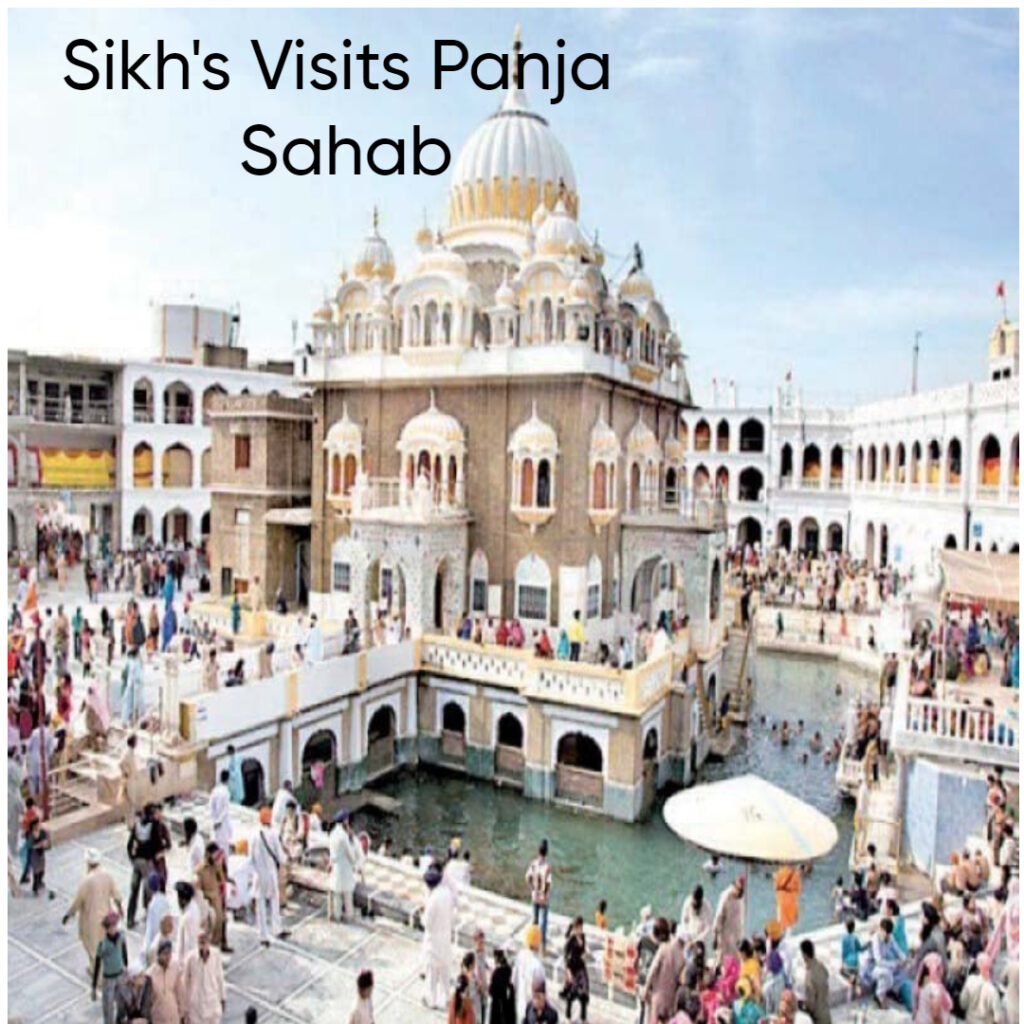Religious Tourism; A Way to Economic Growth and Cultural Harmony in Pakistan

Religious Tourism industry growing very fast all over the world, it has mass potential for people of the entire world that they visit their sacred places and holy sites on different occasions in different regions. Pakistan luckily is a diverse society; it has a rich cultural and religious heritage like Islam, Hinduism, Sikhism, Buddhism and Christianity. There are 480 tourists attraction in the Pakistan, 120 of them are religious sites. In 2019 Pakistan was on 89th number in International, Travel and Tourism Development Index, in 2021 Pakistan improved his position, and the country was on 83rd number in the list.

The 80% of the Sikh religion most sacred sites are located in Pakistan. There are total 195 Gurduwaras, including most important Gurduwaras for Sikh religion, Nankana Sahib the birthplace of Guru Nanak Dev, Kartarpur Sahib that is now visa free site for Sikh Pilgrims, Gurduwara Panja Sahib in Hasan Abdal, Gurduwara Dera Sahib Lahore and Samadhi of Ranjit Singh in Lahore. Approximately 8000 Sikhs pilgrims from India and 2500 from across the world visits Pakistan every year. Pakistan hosts Sikh pilgrims efficiently, Kartarpur Coridor is an example how Pakistan preserve religious sites of other religions. 26 Million Sikh Population can generate revenue of 18 billion every year.

The Gandhara region is the most expensive jewel in the crown of Pakistan’s religious tourism sites. The region has Mardan, Taxila, Sawat and Peshawar that is popular destination for Buddhist tourists because of these areas has rich heritage of Stupas of Gautam Buddha. The most famous Buddhist sites are Dharma Rajika Stupa in Taxila, Sleeping Buddha, Takht-i-Bai and Stupa of Mankiala. These sites attracts visitors from Japan, Korea, Hong Kong, China and Sri Lanka. Approximately 3000 Buddhist Monks visited Pakistan every year; 500 million Buddhist population could generate revenue of 16 billion rupees for Pakistan.

After partition in 1947-majority of Hindu left Pakistan but still Hindus are the largest minority in Pakistan. Major Hindu temples in Pakistan include the Shri Hinglaj Mata Temple in Baluchistan, the Shiv Mandir in Umarkot, the Katas Raj Temple Complex in Chakwal, and the Shri Panchmukhi Hanuman Mandir in Karachi. Approximately 2000 Hindus visits Pakistan every year to perform their religious virtual.

Religious Tourism in Pakistan is an industry, which is growing fast in current years. It also has amazing factors like economic potential, fostering job creation, infrastructure development and enhanced connectivity. It also enhance the religious harmony among the people of country. Pakistan’s tourism sector has improved a lot. Pakistan Tourism Development Corporation introduces a five-year plan for 2024-2029 to boost this sector by boosting employment, growth, investment, international tourism and domestic tourism.
The efforts made by the government are priceless but this sector also faces many issues. One of the biggest is lack of national tourism policy because of lack of communication between federal and provincial government in legislation and strategies. Problems can be solved if we focusing on them. However, one can say Religious Tourism is the future of Pakistan.

